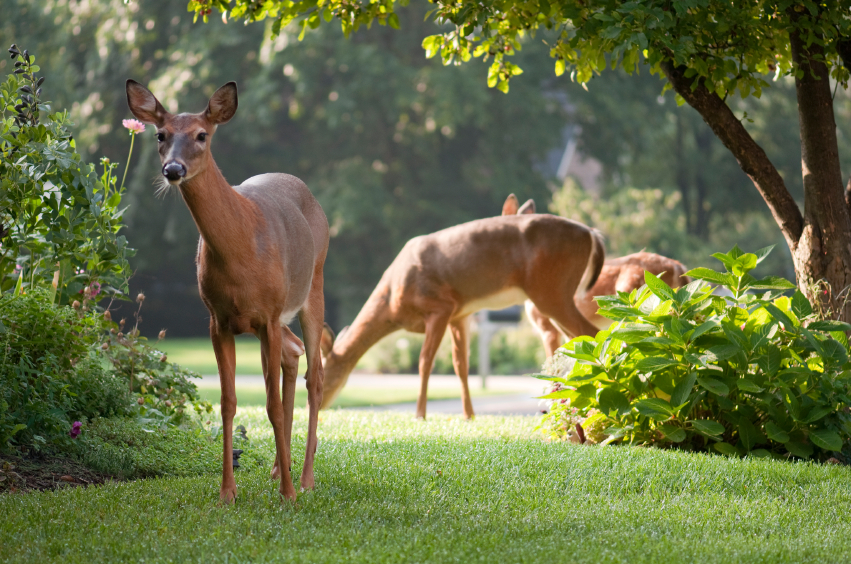
Precision Fence Company of Long Island - Deer Fence Solutions
nike-dunk-low-coast-uncl | Upcoming 2021 Nike Dunk Release Dates - nike shox nz eu brown blue color shoes 2017 - FitforhealthShopsDeer activity peaks around dawn and dusk, but they may be active at any time of day. They prefer open fields interspersed with patches of forest, and they often show up in the suburbs with sufficient greenbelts and parks.
Deer breed during November and December, and does (female deer) give birth roughly six months after mating. During the first few weeks of life, the fawns are often left alone for extended periods of time while their mothers forage for food.
While the fawns wait for their mother to return, they lay flat and motionless, usually in grassy cover, so they do not attract the attention of predators. As they grow larger and steadier, the fawns stay with their mothers at all times and forage alongside her. By the end of the summer the fawns are no longer dependent on their mother, but they may stay with her for many more months.
Solving and preventing conflicts
Most homeowners enjoy seeing deer around their homes, but enjoyment can turn to annoyance when deer feed on ornamental shrubs, garden vegetables and flowers. Occasionally a homeowner may become worried when deer become habituated and approach people. Most conflicts that arise can be managed with habitat modification, exclusion or a change in behavior on the part of the property owner.
Never Feed Deer
Intentional feeding of deer may attract more of the animals to your property and may contribute to their becoming habituated to humans. The more comfortable deer are around humans, the more likely they will help themselves to gardens and plants near houses.
While you may not mind, your neighbors may take issue with their plants being eaten. Also, deer are large, and it may be disconcerting for some people if they are approached by a deer looking for a handout. The situation may even become dangerous depending on how strongly habituated the deer are and who they are approaching for food. Habituation may also lead to the deer to wander into roads or other areas in which they endanger themselves and/or humans.
Other Techniques
Appropriate fencing is the most effective way to exclude deer from yards or gardens. There are also several species of deer resistant native plants that you can use to replace more vulnerable ornamentals. Commercial deer repellents are also available to protect small areas or individual plants.






